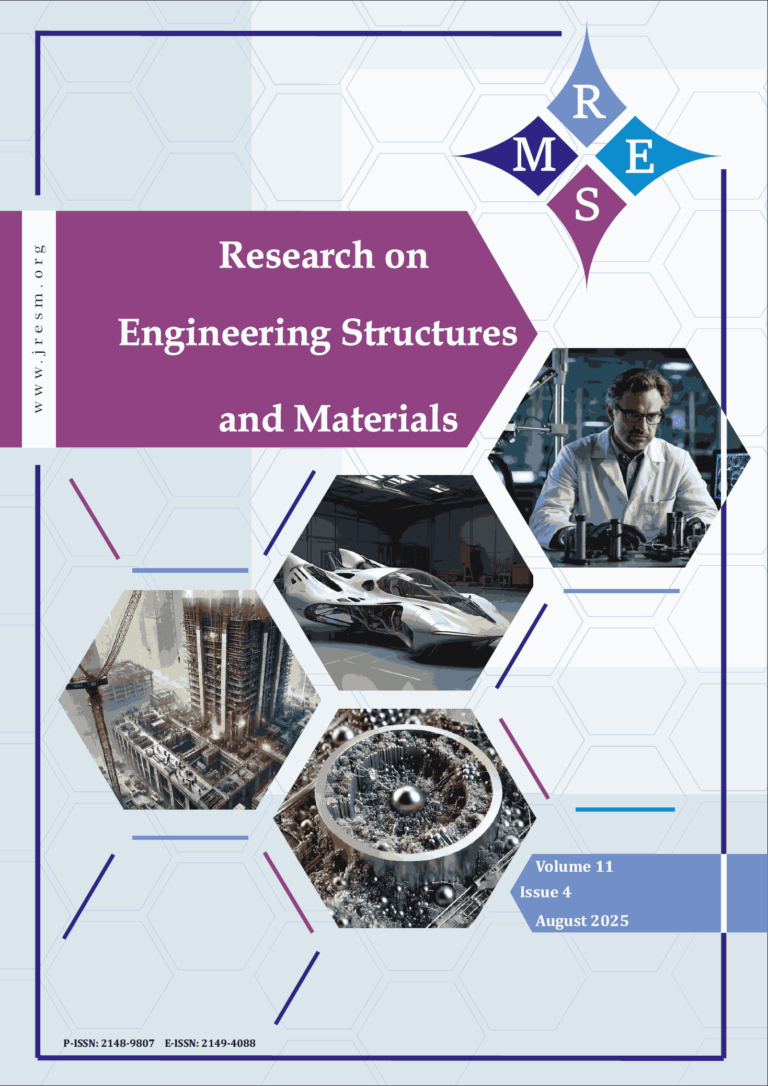There are several areas of engineering that use thin plates as structural elements, among them, we can highlight their application in the construction of offshore structures, bridges, ship hulls, and aircraft fuselage. In some design situations, the plates may be subjected to compression stresses and, consequently, they may be under the effect of elastic and/or elasto-plastic buckling. The analysis of the buckling phenomenon presents significant differences between one-dimensional elements, such as beams and columns, and two-dimensional elements, such as plates. The buckling phenomenon is directly related to dimensional, constructive and/or operational aspects. In this sense, the presence of perforations in plates causes a redistribution of their stresses, affecting not only their resistance but also their buckling characteristics. In order to solve the problem of elasto-plastic buckling in thin steel plates with perforations, we used computational models developed in Ansys(R) software, which is based on the Finite Element Method (FEM). For the analysis, it was considered perforated plates with constant thickness h for the relationships H/L = 1.0 and H/L = 0.5, where H is the plate width and L is the plate length. For the volume fraction Ф, i.e., the ratio between the volume of the perforation and the volume of the plate, the following values were considered: 0.08; 0.10; 0.15; 0.20 and 0.25. In addition, the plates were considered to have centralized perforations with the following geometric forms: longitudinal oblong, transverse oblong, elliptic, rectangular, diamond, longitudinal hexagonal, and transverse hexagonal. The shape variation of each perforation type occurs through the ratio H0/L0, being H0 and L0 the characteristics dimensions of perforation. The Constructal Design method was employed to define the range of possible geometries for the perforated plates, allowing an adequately comparison about the von Mises stress distribution among the studied cases. The results show that the geometric shape variation, for all analyzed perforation types, leads to an optimum geometry. © 2018 MIM Research Group. All rights reserved.
Helbig O, Cunha ML, Silva CCC, Santos ED, Iturrio I, Real MV, Isoldi LA, Rocha LAO. Numerical
study of the elasto-plastic buckling in perforated thin steel plates using the constructal design
method. Res. Eng. Struct. Mat., 2018; 4(3): 169-187.
